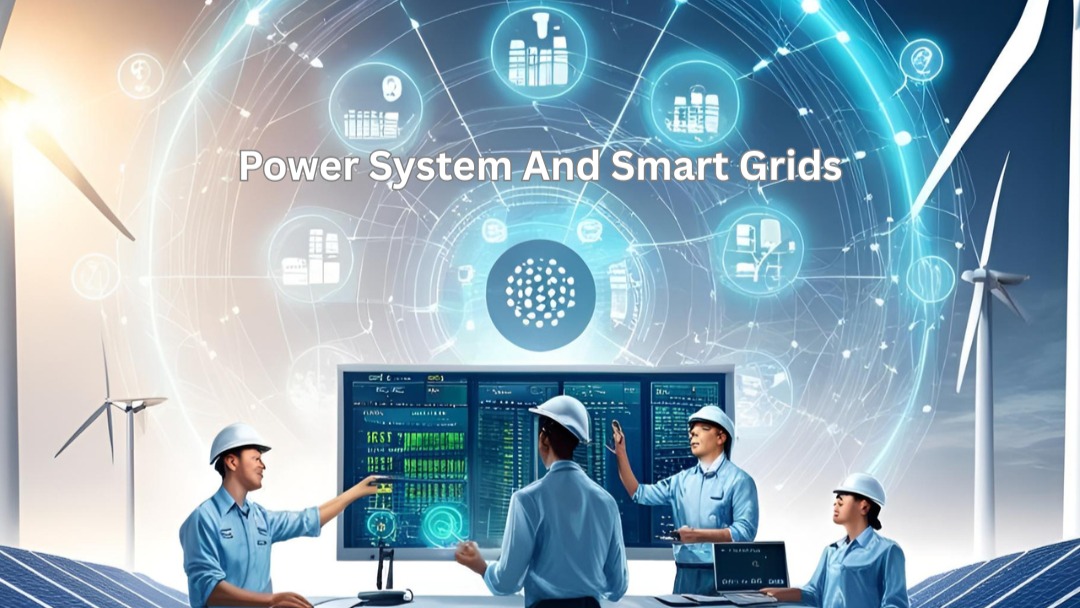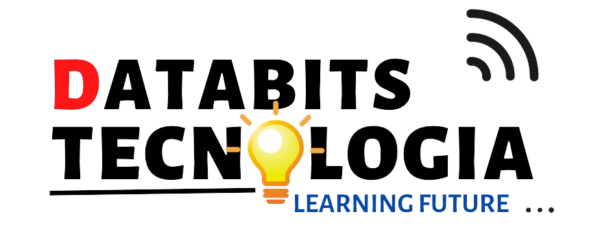
About Course
The Power Systems and Smart Grids course focuses on educating students about modern power systems and the integration of smart grid technologies to improve energy efficiency, reliability, and sustainability. The course covers traditional power systems (generation, transmission, distribution), and delves into the concept of smart grids, which leverage advanced digital communication, automation, and data analytics to optimize energy distribution. With the rise of renewable energy sources, electric vehicles, and energy storage technologies, the course also addresses challenges and innovations in modern power grids, including grid stability, demand response, and integration of distributed energy resources (DERs).
This course is designed for individuals who want to understand how power systems are evolving and how smart grid technologies can contribute to creating more resilient, flexible, and sustainable energy infrastructures.
Course Content
Introduction to Power Systems
-
Basic principles of power generation, transmission, and distribution
-
Types of power plants: thermal, hydro, nuclear, and renewable
-
Overview of power system components: generators, transformers, transmission lines, and substations
-
Power flow analysis and electrical grid architecture
